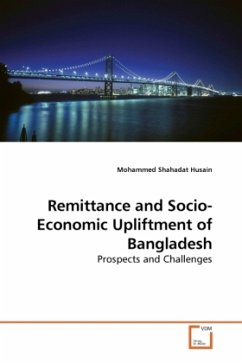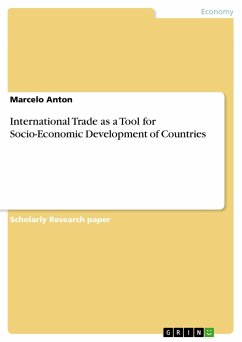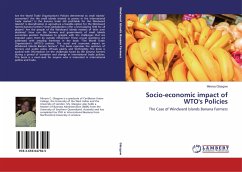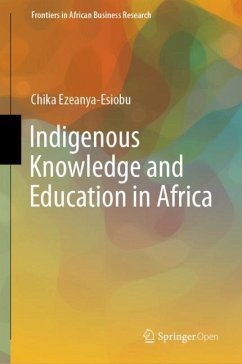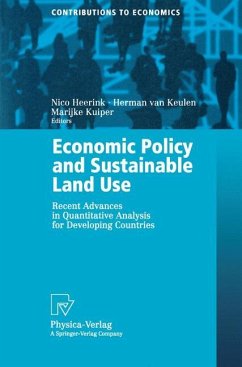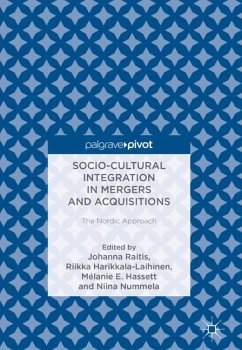
Socio-economic Evaluation of Indigenous Enterprise Development
The Case of Wik Forestry, Cape York Peninsula,Australia
Versandkostenfrei!
Versandfertig in 6-10 Tagen
52,99 €
inkl. MwSt.

PAYBACK Punkte
26 °P sammeln!
There is increased awareness of the positive role indigenousenterprise development can play in addressing socio-economicdisadvantage in indigenous communities in developed and developingcountries. In contrast to much of the literature about forest-basedlivelihood activities for indigenous people, this work evaluatessustainable production of timber rather than non-timber products.Overall, the research adopts a cost-benefit analysis framework toassess a suite of timber utilization strategies for Wik people onCape York Peninsula, Australia. A goal programming model isdeveloped to generate and eva...
There is increased awareness of the positive role indigenousenterprise development can play in addressing socio-economicdisadvantage in indigenous communities in developed and developingcountries. In contrast to much of the literature about forest-basedlivelihood activities for indigenous people, this work evaluatessustainable production of timber rather than non-timber products.Overall, the research adopts a cost-benefit analysis framework toassess a suite of timber utilization strategies for Wik people onCape York Peninsula, Australia. A goal programming model isdeveloped to generate and evaluate forestry strategies that satisfythe objectives of Wik people, subject to cultural, property rights,environmental, timber resource, technical and financialconstraints. These strategies are then socio-economicallyevaluated. The book sheds light on culturally appropriate methodsof socio-economic analysis in an Australian indigenous context andis written to be accessible to non-economists.As such, this bookwill be required reading for scholars of natural resourceeconomics, practitioners of project appraisal, indigenous issuespolicy-makers and natural resource managers.




